
|
| Accept Cookies | Customize | Refuse Cookies |
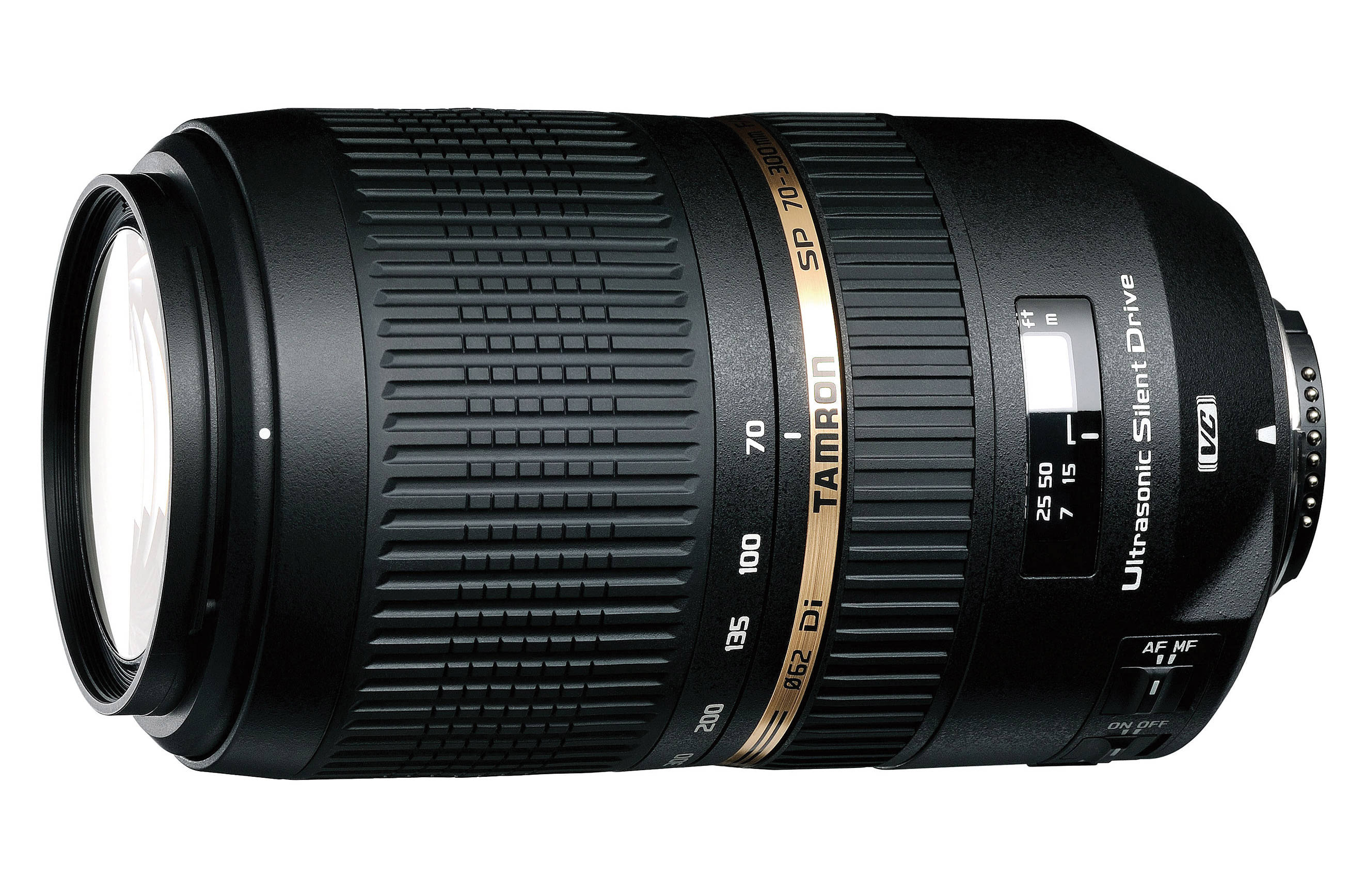
| Specifications | Reviews | Compare | Buy | Sample Photos |
|  Publish your advertisement on JuzaPhoto (info) | ||||||||||||||||||||||||||||||||||||||||||||||||
 After a dip ... shake ... by Stef54200 comments, 52914 views ![[editors pick]](shared_files/layout/ep_badge.jpg) HI RES 20.0 MP 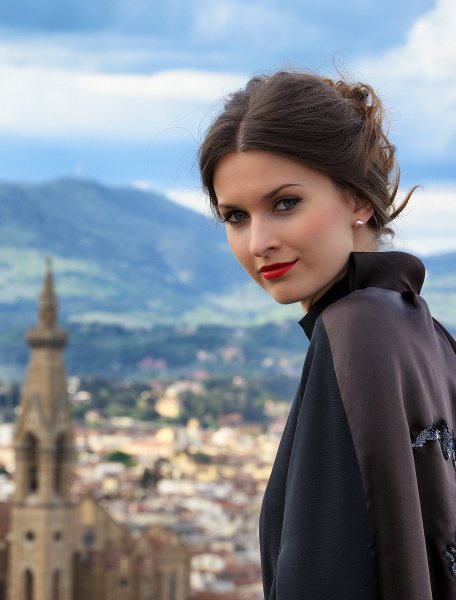 Look by Peter Pipistrello237 comments, 51399 views HI RES 12.4 MP 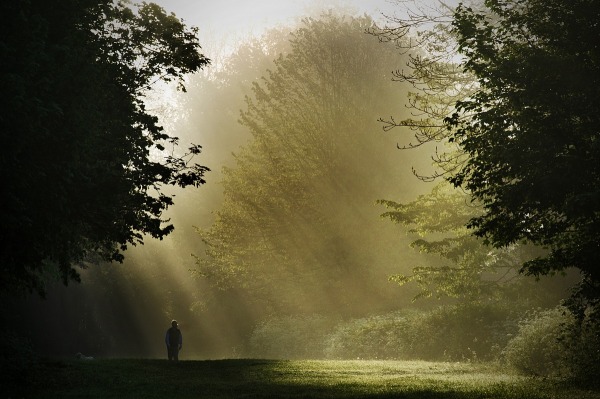 Walking the Dog by Timk2340 comments, 42895 views HI RES 15.4 MP 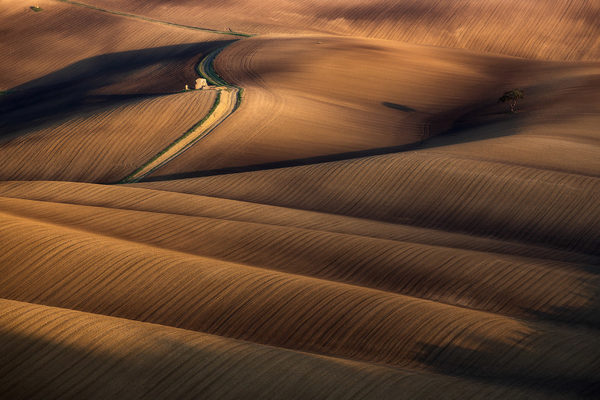 Untitled Photo by Nick1979161 comments, 14091 views ![[editors pick]](shared_files/layout/ep_badge.jpg) HI RES 8.6 MP  The dance by Italystile171 comments, 53544 views 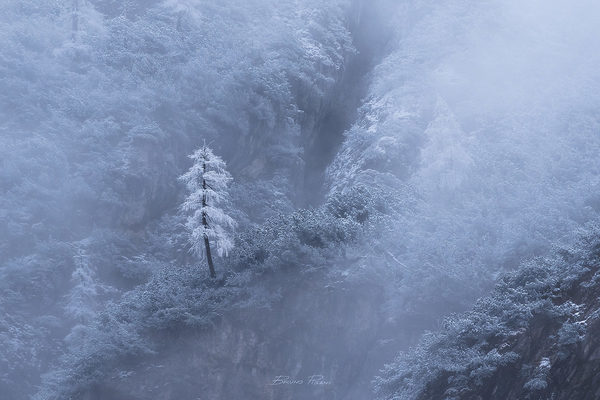 Frost by Bruno Pisani69 comments, 15183 views ![[editors pick]](shared_files/layout/ep_badge.jpg) 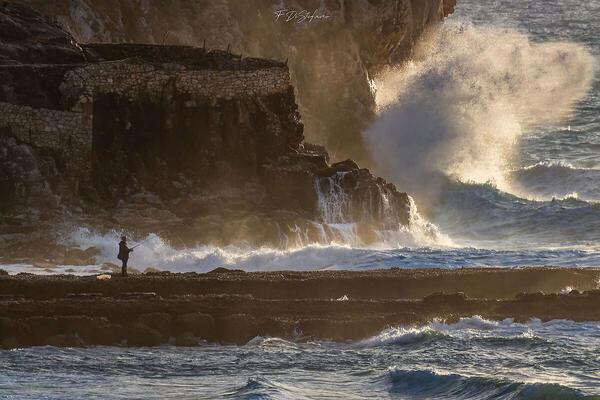 The Fisherman of Dreams by Fabiodistefano7290 comments, 7362 views ![[editors pick]](shared_files/layout/ep_badge.jpg) HI RES 14.1 MP 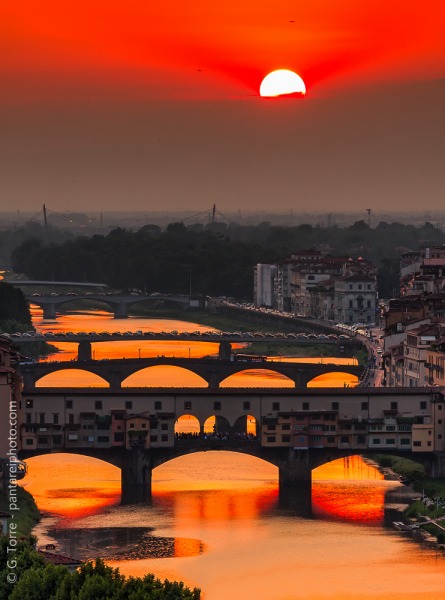 Crimson sky by Ulysseita76 comments, 22939 views  Walk the line by Cristina Giani108 comments, 16230 views  Dogs pedestrian by Damicfra145 comments, 15681 views  On ray of light by Fulvio Gioria176 comments, 18925 views  Not just flowers by Fabio.Whitebread134 comments, 10582 views HI RES 26.0 MP 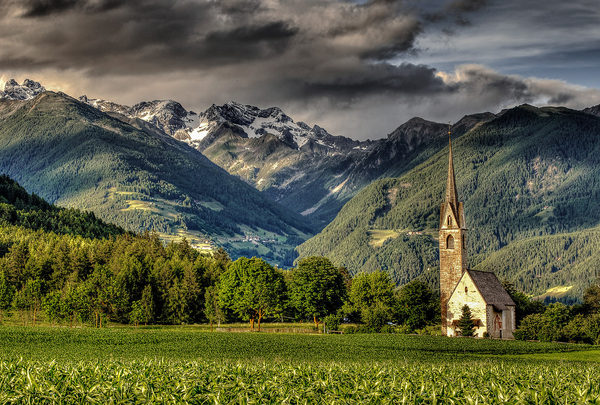 Valentine-Falzes and Rieserferner by Lucapucci109 comments, 23371 views HI RES 15.5 MP 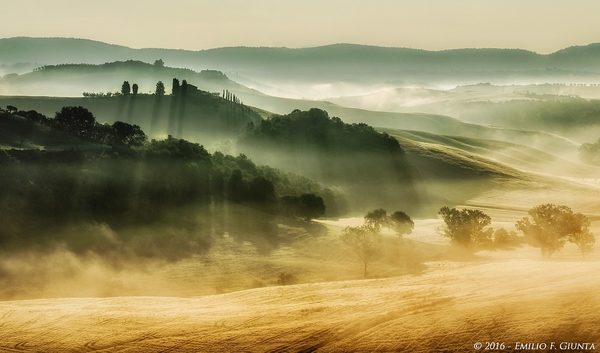 The fog of early morning by MadEmilio79 comments, 11319 views 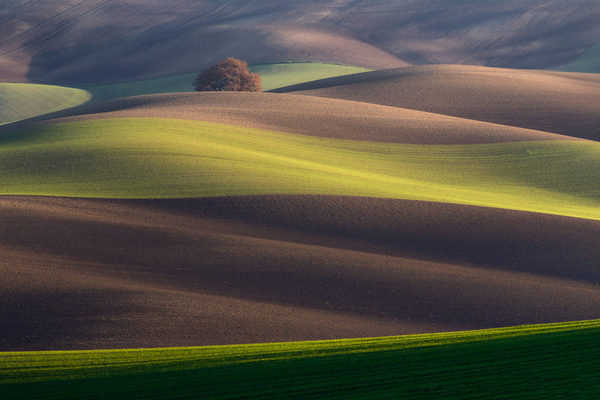 Untitled Photo by Nick1979137 comments, 8752 views HI RES 15.4 MP  Closer by Ulysseita53 comments, 28885 views 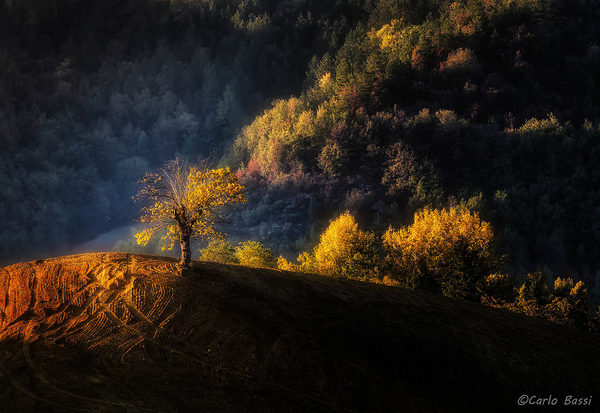 Kissed by the sun. by Carlo Bassi182 comments, 10549 views HI RES 4.9 MP 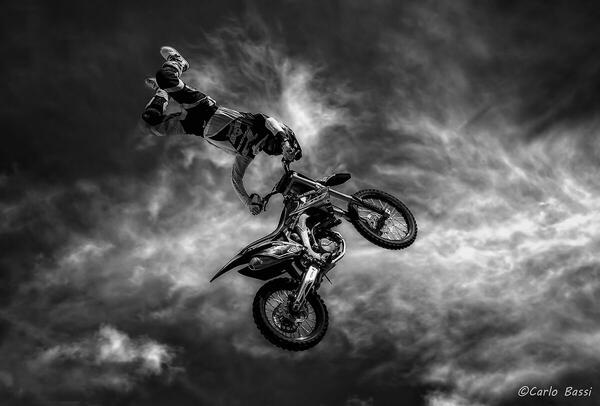 Freestyle by Carlo Bassi135 comments, 7127 views HI RES 4.6 MP 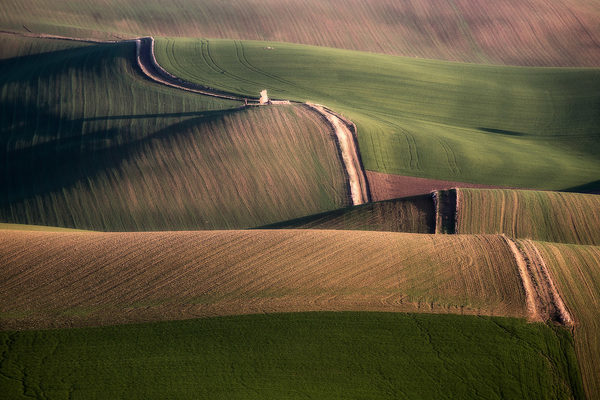 Narrow streets by Nick1979126 comments, 9752 views HI RES 8.6 MP 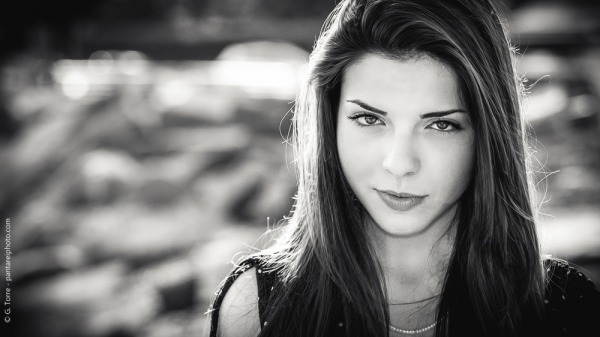 Eyes by Ulysseita30 comments, 19322 views 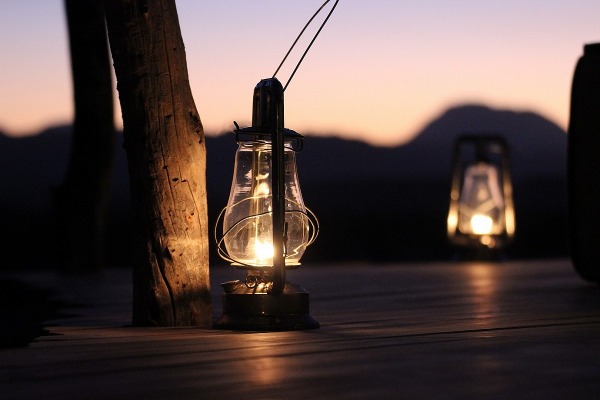 Waiting for the night by Cristina Giani75 comments, 21198 views 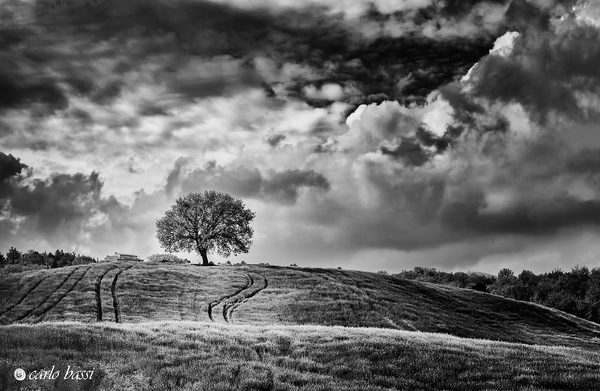 The tree by Carlo Bassi177 comments, 13484 views HI RES 3.8 MP  The mirror of the soul (tough version) by Massimiliano Montemagno127 comments, 17310 views  I do not fassar so '... by Alby6785 comments, 14651 views HI RES 20.5 MP 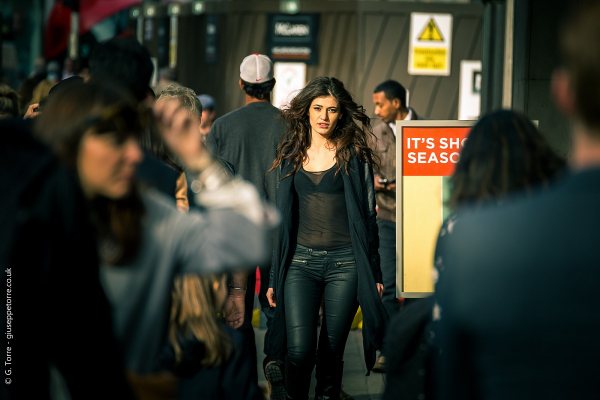 Kensington High Street by Ulysseita27 comments, 18744 views 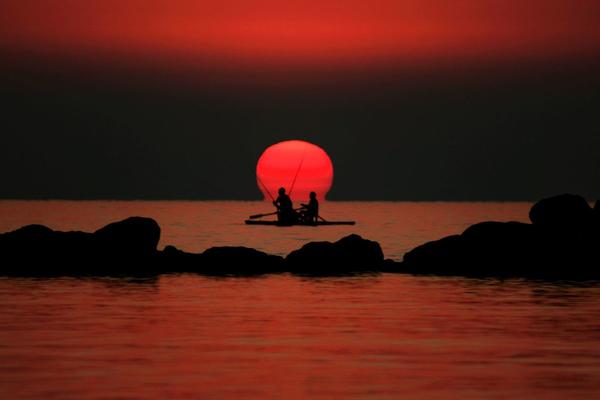 Alba Marina by Fabio.Whitebread115 comments, 7671 views HI RES 10.1 MP 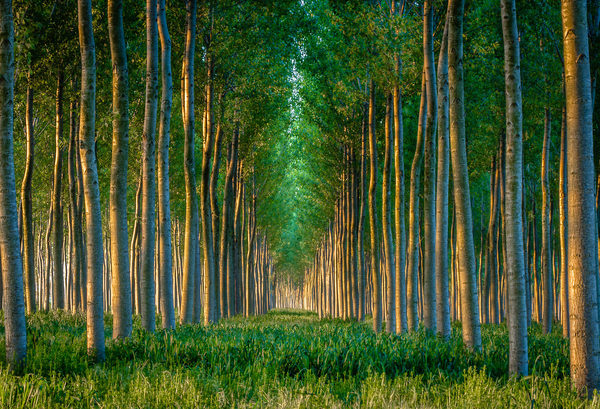 Il pioppeto by Lupo Manulo107 comments, 9641 views HI RES 23.5 MP  Squatting by Ricaro51 comments, 10943 views 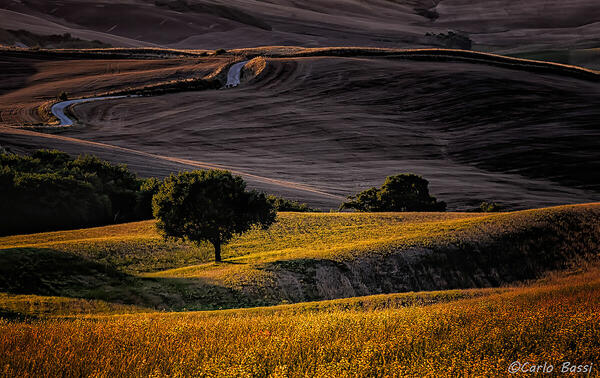 Val d'Orcia by Carlo Bassi123 comments, 5332 views  As if by magic by Massimiliano Montemagno85 comments, 24418 views 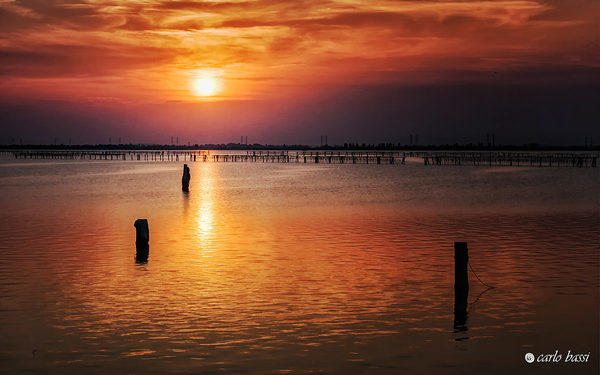 Sunset at the bag of Scardovari by Carlo Bassi173 comments, 14019 views 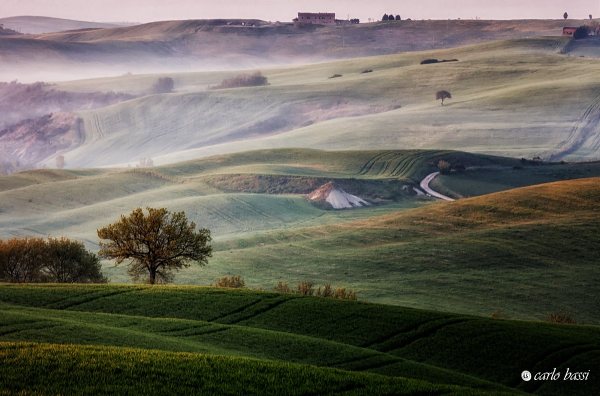 Magic Val d'Orcia 2 by Carlo Bassi136 comments, 13827 views 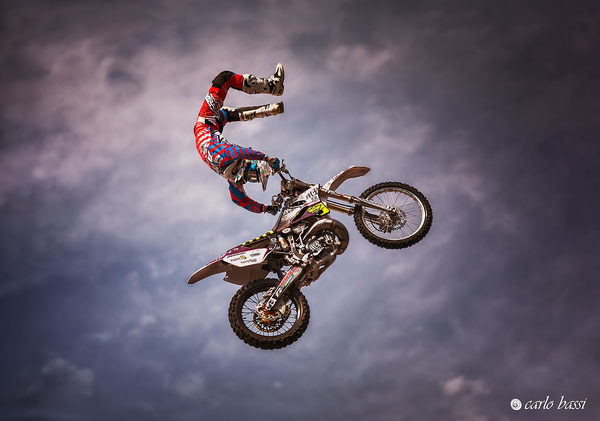 FreeStyle by Carlo Bassi162 comments, 15313 views  Fallen Angel by Evanescentangel65 comments, 22872 views ![[editors pick]](shared_files/layout/ep_badge.jpg)  Untitled Photo by Nick1979109 comments, 5983 views HI RES 8.6 MP 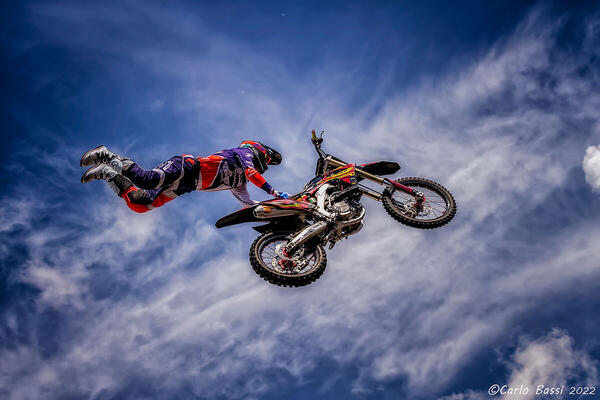 In the clouds by Carlo Bassi118 comments, 3926 views HI RES 5.5 MP 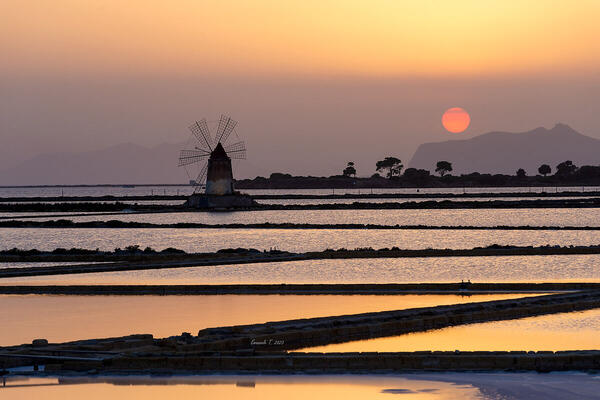 Mill in Trapani by Emanuele T.52 comments, 2494 views ![[editors pick]](shared_files/layout/ep_badge.jpg) |
 JuzaPhoto contains affiliate links from Amazon and Ebay and JuzaPhoto earn a commission in case of purchase through affiliate links.
JuzaPhoto contains affiliate links from Amazon and Ebay and JuzaPhoto earn a commission in case of purchase through affiliate links.May Beauty Be Everywhere Around Me